Despite many differences in language, culture, lifestyle, etc., the love between cross-border couples from Vietnam to Cambodia is still strong and happy, a clear testament to the love and harmony between the two peoples.
One autumn afternoon at the Chan Thon coffee shop (Hung Loi residential group, Song Tri ward, Ky Anh town,
Ha Tinh ), Mr. Pham Trong Viet and his wife, Ms. Xvai Chan Thon (Cambodian), were busy preparing cups of coffee to serve tourists. One was grinding coffee, the other was adding milk, the couple worked together in harmony as a habit that had been formed over decades. When asked about his love story, Mr. Viet said that in 1983, following the call of the Fatherland, he enrolled in the volunteer army to fight in Cambodia. Here, he accidentally met a village girl, Xvai Chan Thon (Sandal district, Kampong Thom province,
Cambodia ). The love between the Vietnamese volunteer soldier and the Cambodian kindergarten teacher continued until 1987, when Mr. Viet completed his mission and had to return home. With only a piece of paper with Viet's address left behind, from the
Tay Ninh border, Chan Thon found Viet's house, surprising her lover and his family. From then on, Chan Thon stayed, became Viet's wife, learned to speak Vietnamese, learned Vietnamese culture to become Vietnamese.
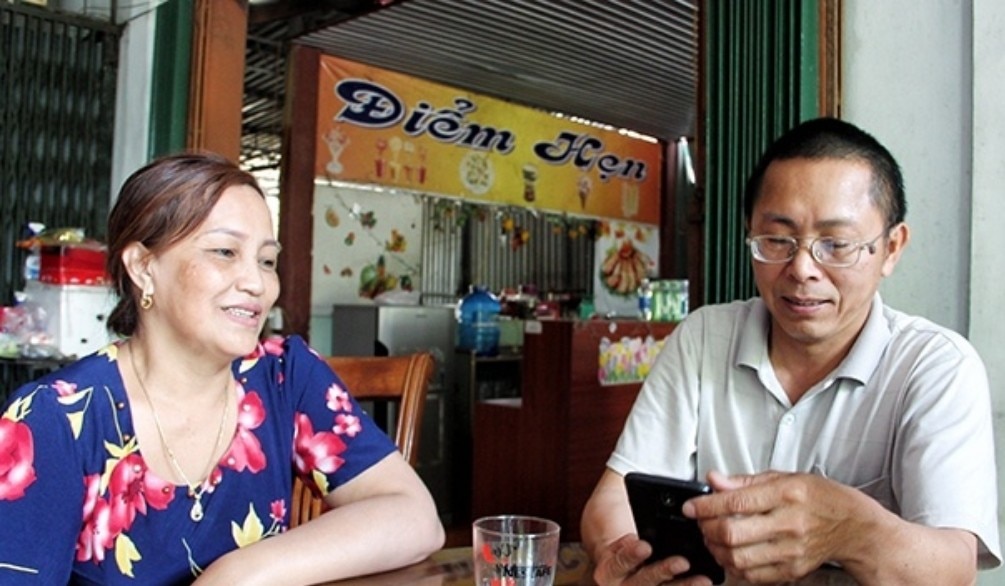 |
| Mr. Pham Trong Viet and his wife Xvai Chan Thon. (Photo: Phong Linh) |
Not only in Vietnam but also on the other side of the border, there are many love stories connecting Vietnamese and Cambodian people. Mr. Nguyen Van Hai (Tra Vinh) had the chance to meet Ms. Chan Sreymom during a trip to Phnom Penh (Cambodia) in 2010. That meeting was the beginning of a long-distance love story that lasted nearly 5 years until Mr. Hai went to Cambodia and married Ms. Sreymom at the end of 2015. According to the General Department of Population and Family Planning of Vietnam, by 2023, there will be about 100,000 couples with Cambodian spouses living in Vietnam. According to statistics from the Cambodian
Ministry of Interior , there are currently about 150,000 couples with Vietnamese spouses living in Cambodia. More than 250,000 couples are clear evidence of the love and harmony between the two peoples.
Overcoming barriers
Speaking at the “Special Workshop on Population and Family Planning in 2023”, Mr. Nguyen Doan Tu, Director General of the General Department of Population and Family Planning, said that marriage between Vietnamese citizens and foreign citizens is a normal social phenomenon, contributing to promoting international integration. Vietnamese laws such as the 2000 Law on Marriage and Family (amended and supplemented in 2014); the 2014 Law on Civil Status... always create favorable conditions for couples of different nationalities to marry each other. “However, every marriage has disagreements, not to mention marriages in two countries. Many problems can arise from differences in culture, language, customs, laws...”, Mr. Nguyen Doan Tu said.
 |
| Mr. Nguyen Doan Tu, Director General of the General Department of Population and Family Planning, spoke at the Workshop. (Photo: Vu Phuong Dung) |
For Ms. Chan Thon, in the first days of coming to Vietnam, the biggest barrier was the language difference. Learning Vietnamese was not easy. Mr. Viet had to teach her from the alphabet to how to combine letters, spell... Working during the day and studying at night was a long series of days that sometimes made her feel discouraged. But thanks to her husband's patience and encouragement, she continued to persevere and try to study so that now, Ms. Chan Thon can communicate in Vietnamese just like a native. Vietnamese cuisine and eating habits also made Ms. Chan Thon try to adapt. She said that most Vietnamese people use chopsticks when eating, while Cambodians usually eat rice with their hands. In addition, Mr. Viet's family often uses fish sauce to eat with their food, while she is only used to eating shrimp paste and beef paste, typical of Cambodians. After more than 3 decades of living together, both she and her husband's family had to change little by little to find the most harmonious way to live together. As for Mr. Hai, the biggest difficulty probably came from adapting to the Hindu activities of Ms. Sreymom's family. "At first, because I did not know all the taboos, customs, and important holidays of Hinduism, I often felt lost when I could not participate in family activities. It took me more than a year to gradually understand and integrate into life in Cambodia," Mr. Hai said. It can be said that marriages between people on both sides of the border face many barriers, but tolerance and concession are the bonds that bind a lasting marriage. Up to now, many Vietnamese-Cambodian couples have happy, fulfilled lives, becoming a bridge connecting the two families in particular and connecting the people of Vietnam and Cambodia in general.





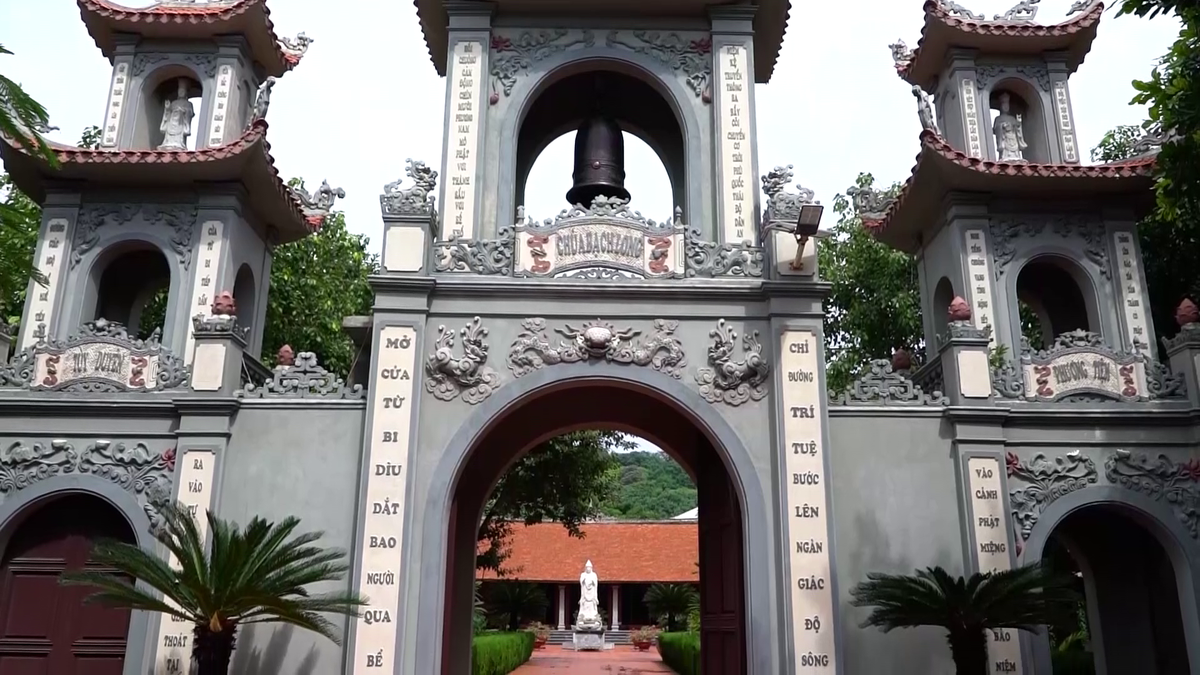




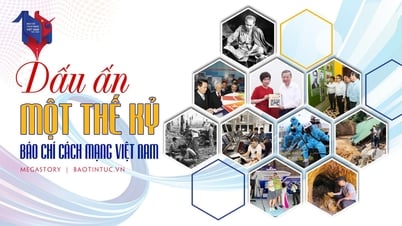







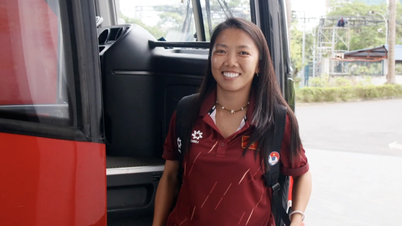






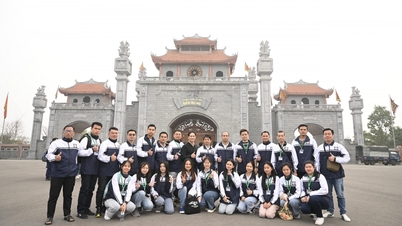
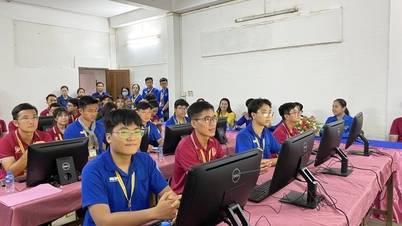

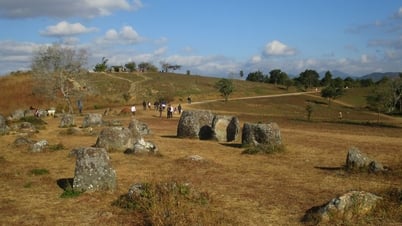
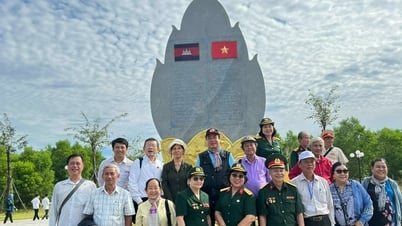














































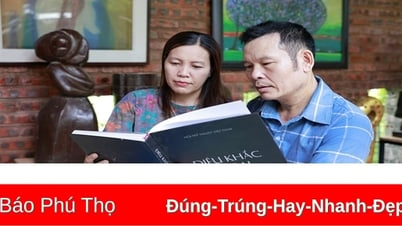

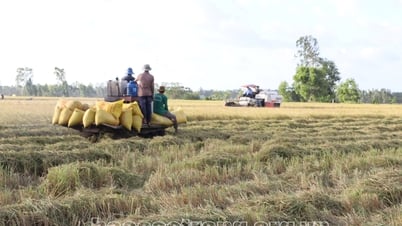

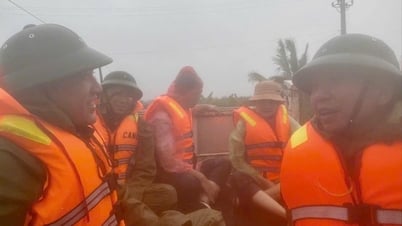

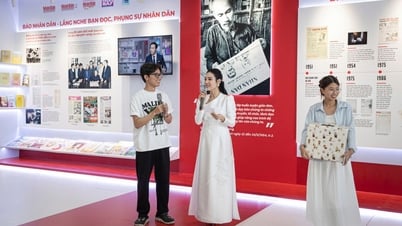
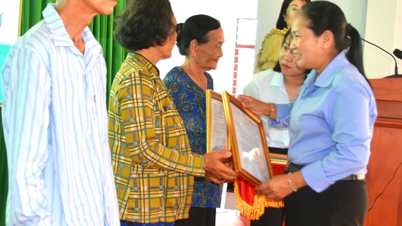

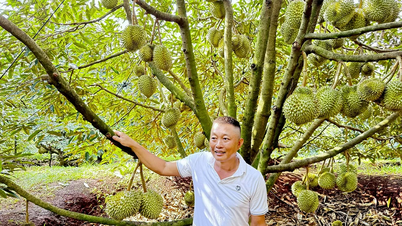












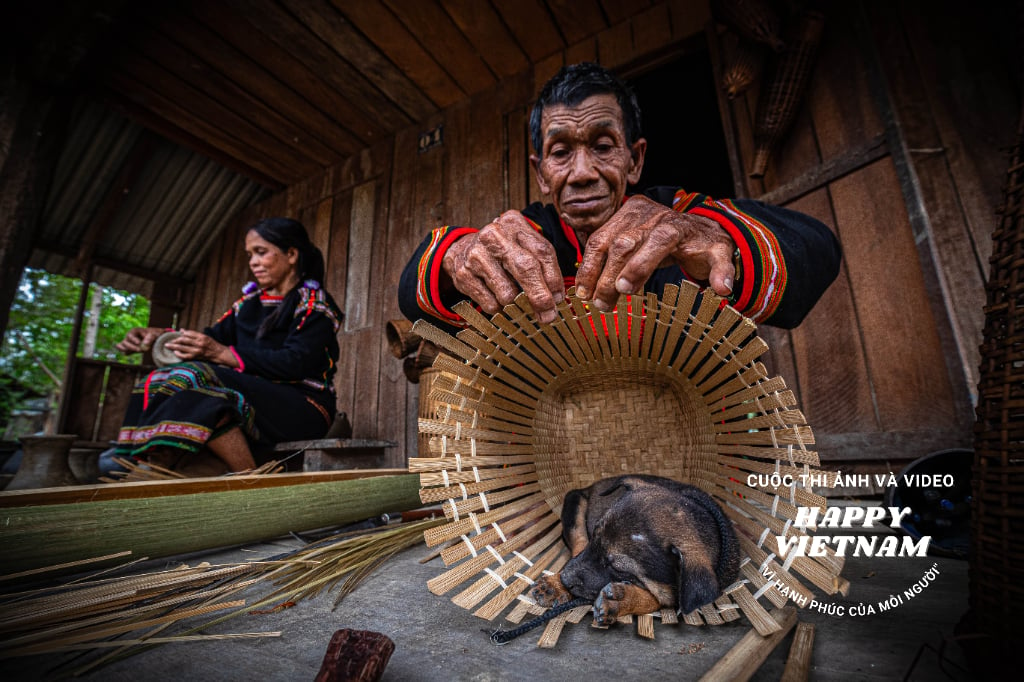
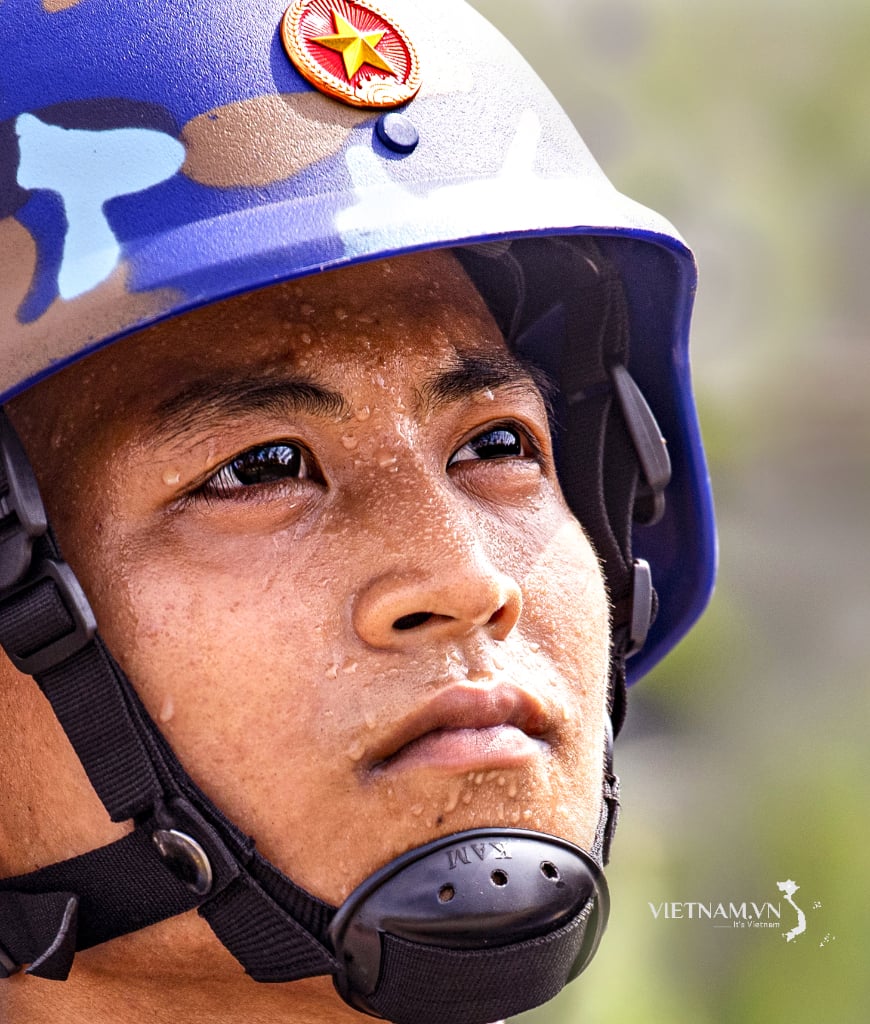
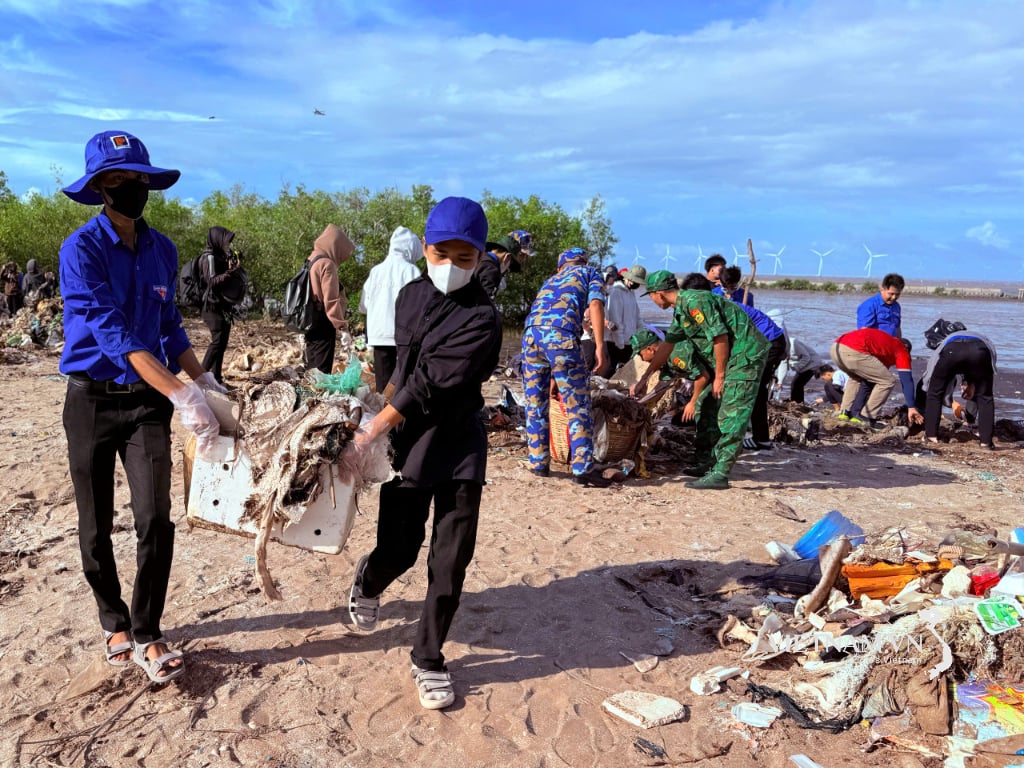
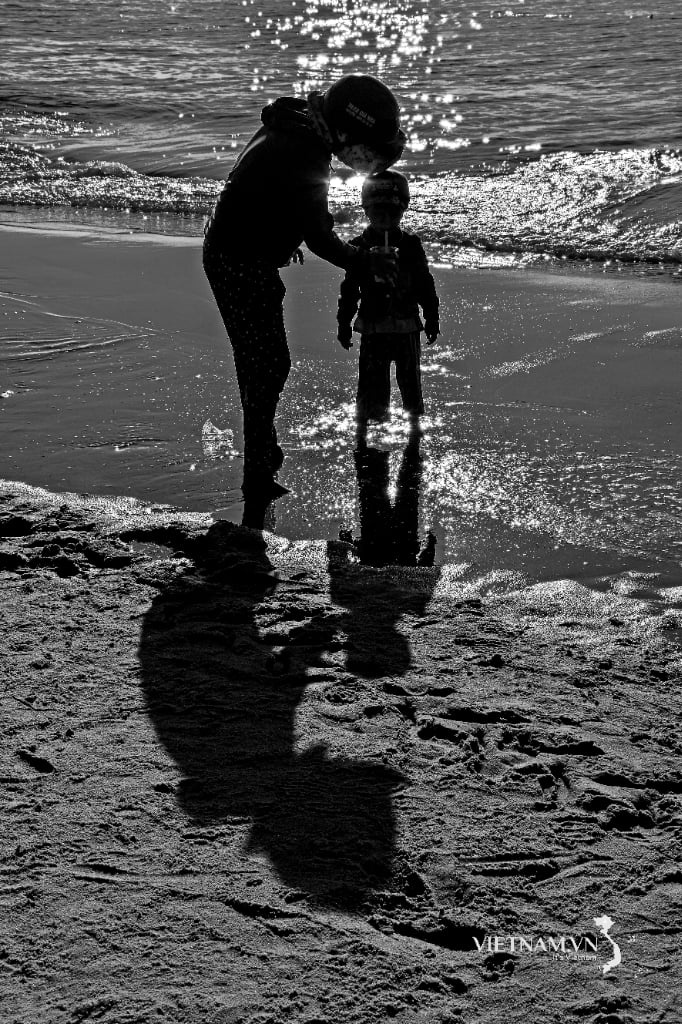
Comment (0)